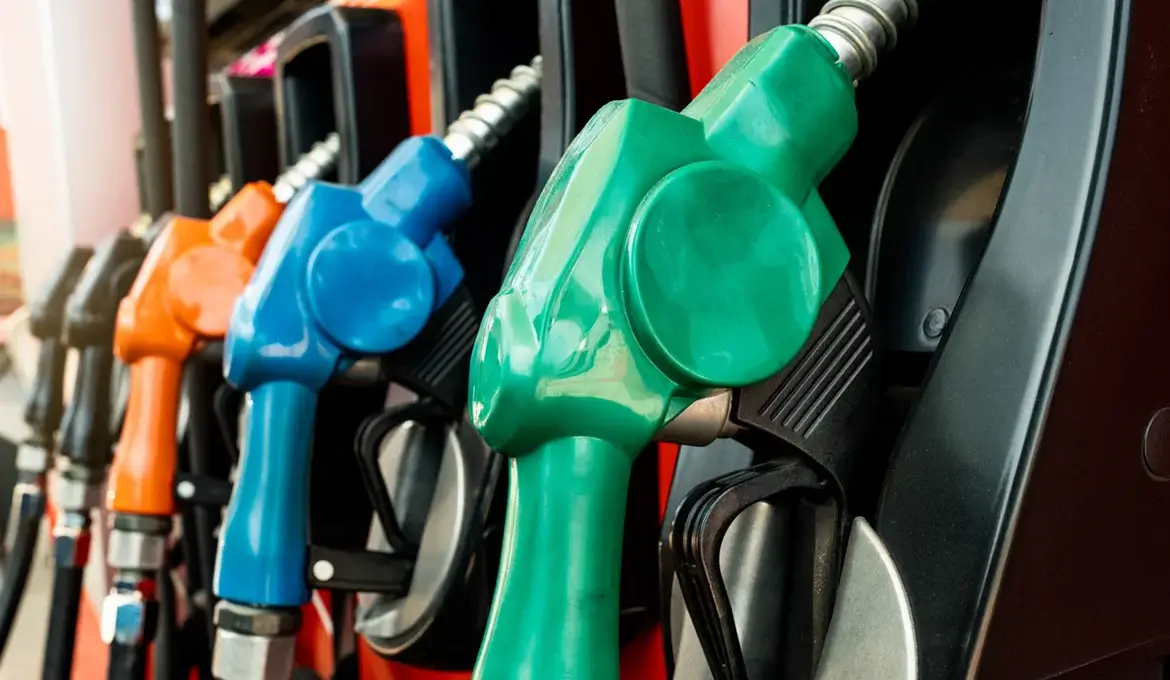
Real-Time Visibility into Fuel Theft and More
With fuel theft on the rise, companies need to take precautionary measures. The biggest challenge to navigate is the unpredictable nature of crime — it’s impossible to know what illicit actors are thinking and planning. After all, they’re working actively to outsmart protective best practices. It’s an issue that’s endemic and timeless to the industry.
Solving the problem means hardening core infrastructure and implementing systems to overhaul operations. In this guide, you’ll learn actionable recommendations for how to identify and prevent fuel theft at your organization. This guide is particularly helpful for leadership at convenience stores and in the fleet space.
Gain perspective for how to stay ahead of theft issues before they have a chance to cause major problems in your business. Read the full report on fuel theft here.
Many convenience stores and trucking companies still manage their data using spreadsheets, hard files, and paper. With these systems, companies cannot perform analyses at the pace needed to pinpoint — and stop — sources of loss.
With a comprehensive digital analytics solution, stakeholders can work together more efficiently to understand anomalies. It’s about pulling information together and then sharing those insights with personnel to examine operations with precision.
One benefit to a digital analytics system is the ability to monitor sites without being physically present. From afar, companies can monitor electric systems, ensure that equipment is performing effectively, and stay on top of sensor alerts.
Are dispensers being accessed at odd hours? Does tank system data reflect what’s being reported at the pump?
For both convenience stores and fleets, operations are in nonstop motion. At gas stations, people are constantly picking up nozzles to make purchases. On the road, truckers are laser-focused on safety and making stops when they need to rest.
Spreadsheets can’t move fast enough to keep up with this activity. While it may be possible to identify fuel loss or theft through manual processes, the effort required will be extensive. With an intelligent analytics system, it becomes easier to quickly identify the root cause of an issue — and recommend immediate resolutions.
Often, it’s a third-party company that’s responsible for managing a company’s fuel inventory. These vendors are well-aware of fuel theft; however, they are overseeing complex processes across multiple companies. Anomaly detection may be challenging given the lack of uniformity across systems.
For instance, Titan Cloud recently worked with a company that utilized six different approaches to retrieving information from data. It was a cumbersome and antiquated process. The company used Titan Cloud to install and manage equipment end-to-end.
Over the next year, the efficiencies gained translated into 1 million gallons (3,785,412 liters) of fuel savings for this company. The group was able to prevent loss — including theft — while establishing a stronger foundation for future analysis.
Most employees, especially truck drivers and customer-facing staff at convenience stores, are focused on doing a good job. The thought of fuel theft is unlikely to cross their minds until after an incident takes place.
That’s why it’s important for executive teams to keep staff in the loop. For convenience store managers, a few simple measures can help identify theft early on:
Similarly, transportation and logistics companies need to support their drivers. Verizon Connect recommends the following best practices for fleet managers:
Above all, it’s important to establish protocols for staff to protect their safety. Where there is illicit activity, there is also the potential violence. In no situation should companies put their staff in danger.
With fuel theft being endemic to the oil and gas industry, it’s important to take a bird’s eye approach to rooting out the problem from occurring in the first place. Fighting individual theft incidences and tactics can help — but ultimately, bad actors continually find new ways to outsmart security measures.
Staying ahead of illicit activity means focusing on the basics. Companies will benefit from hardening core infrastructure and gaining a deeper understanding into the problem.
